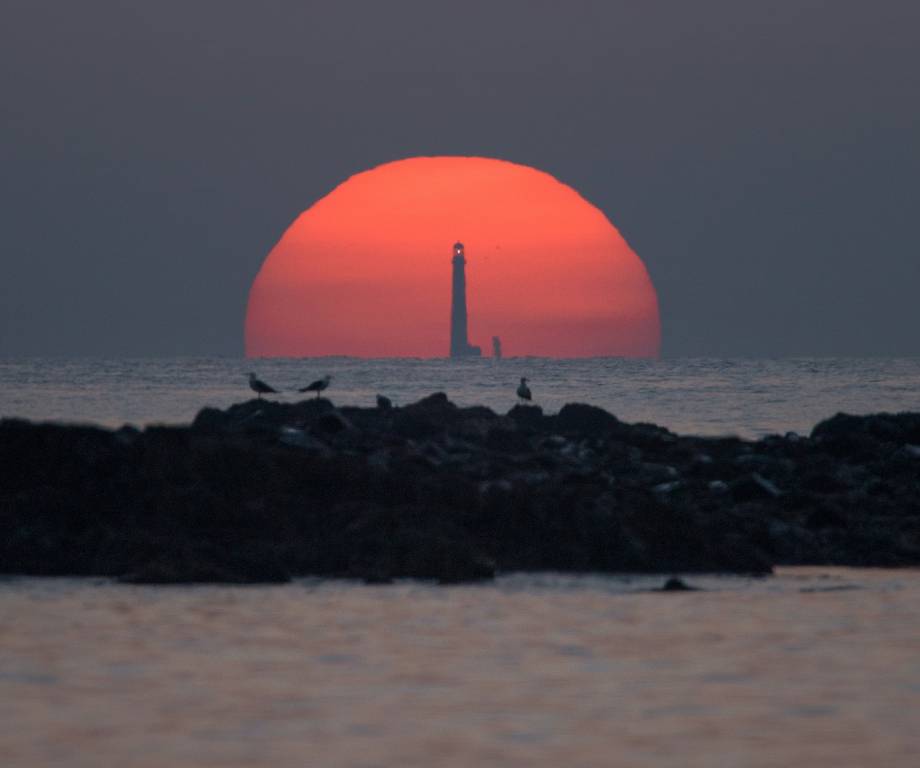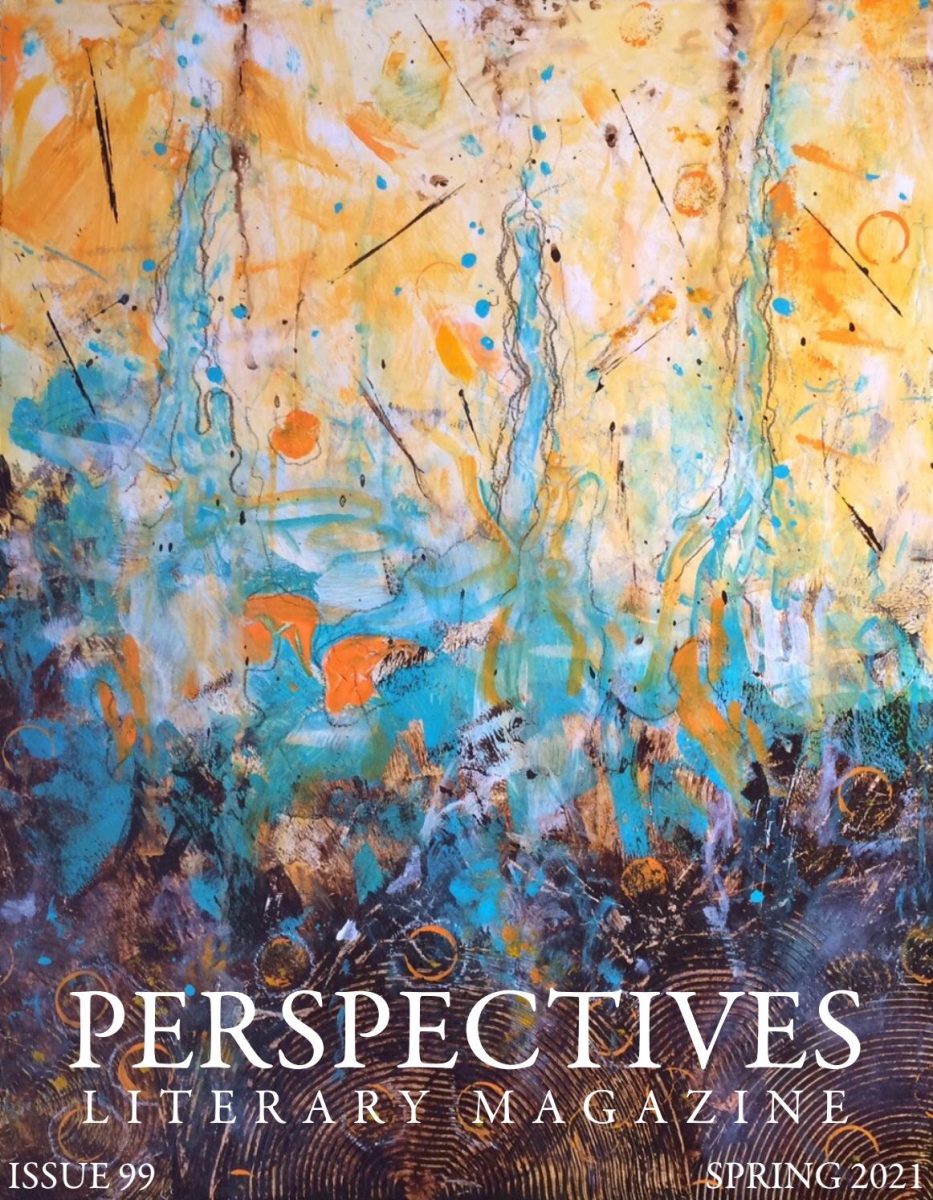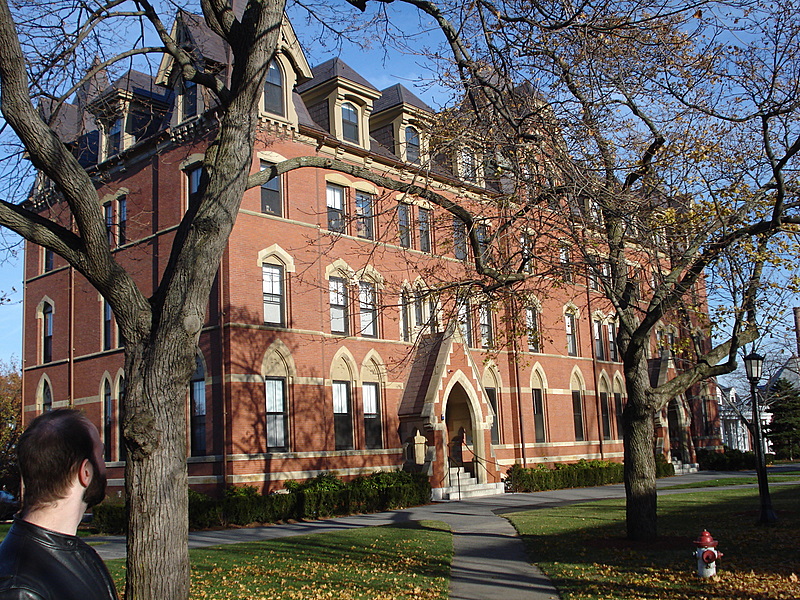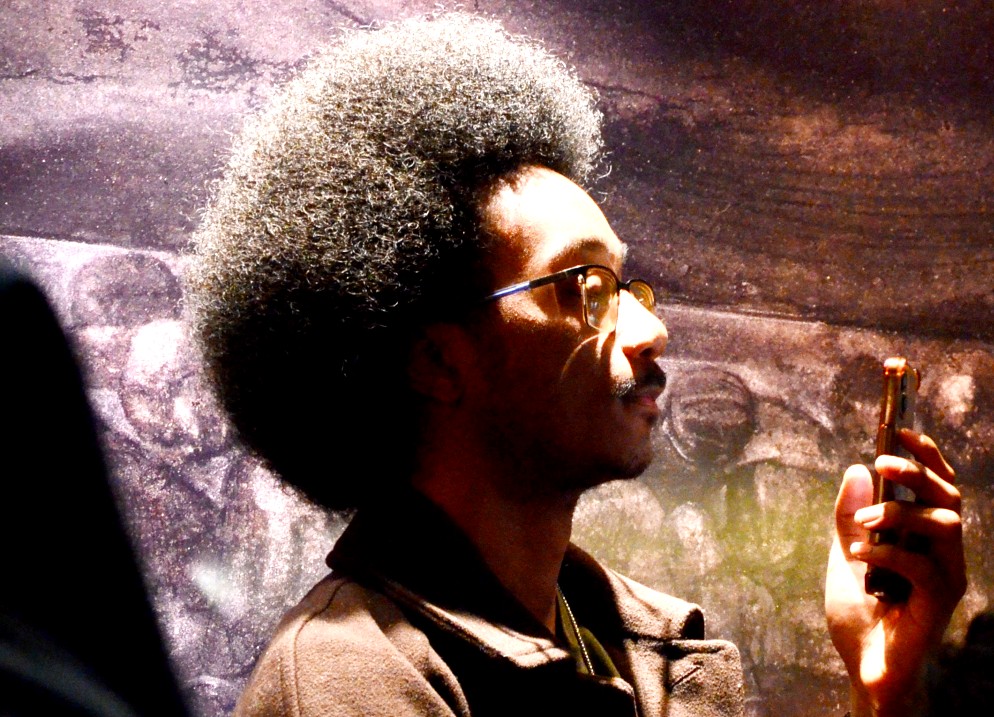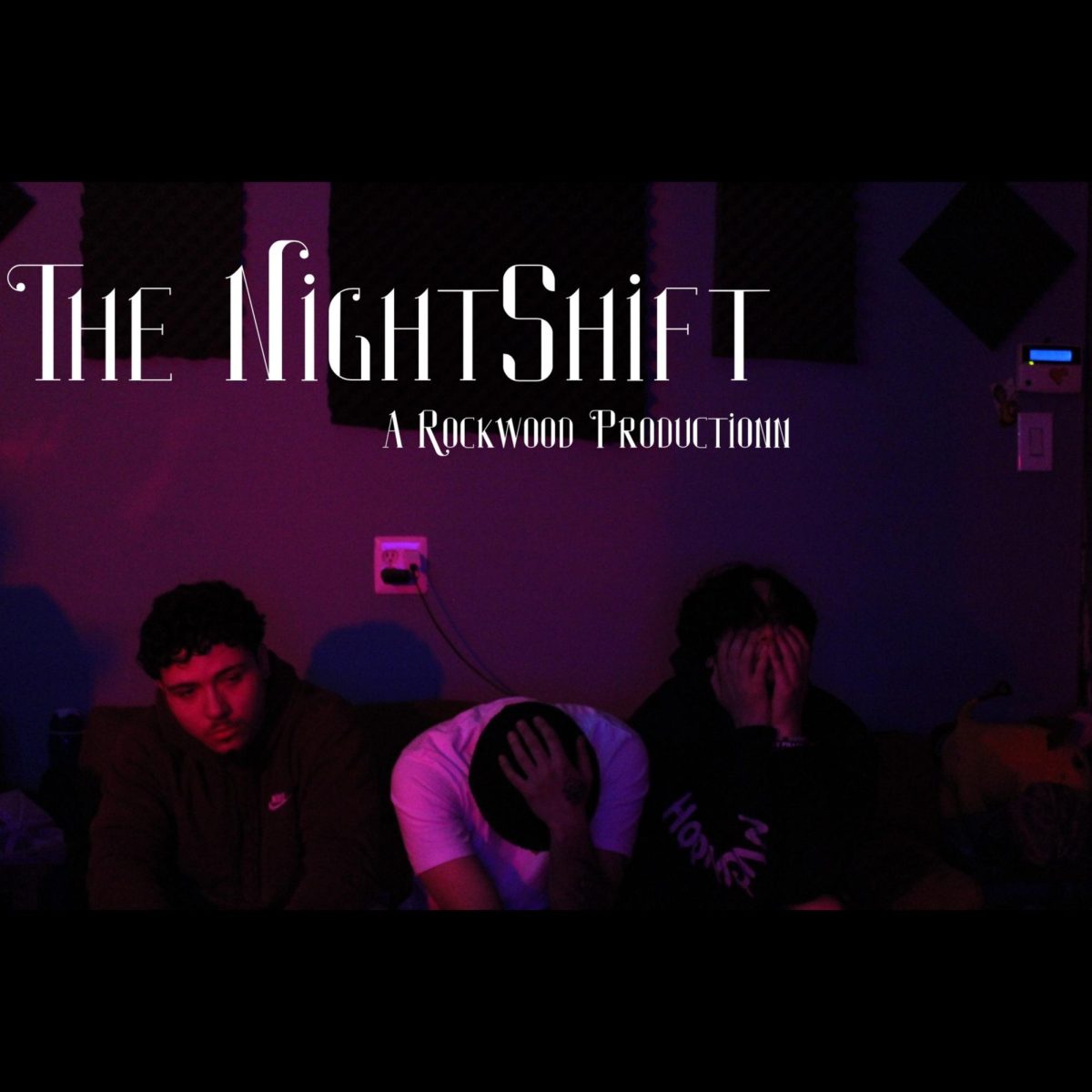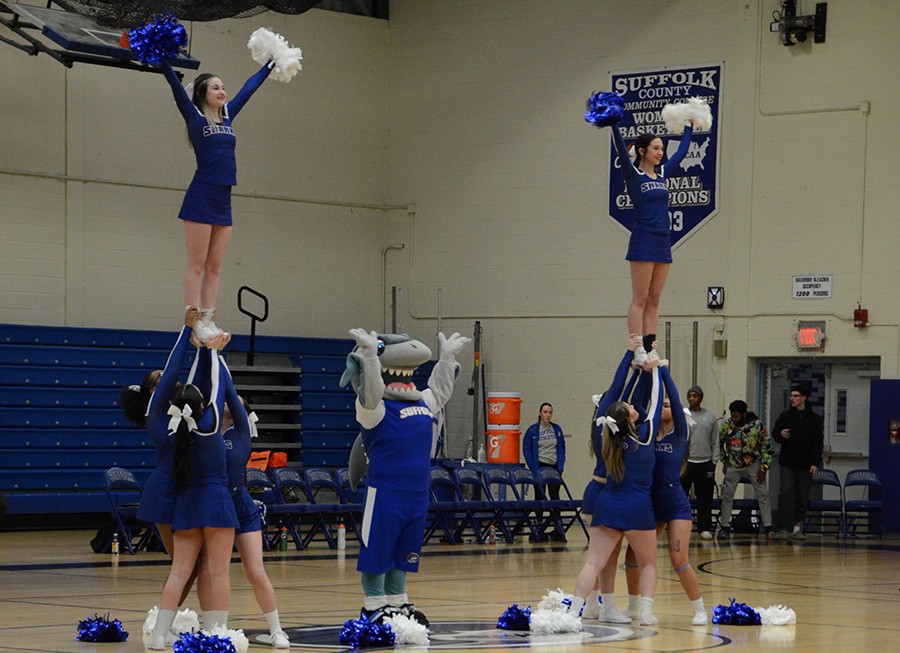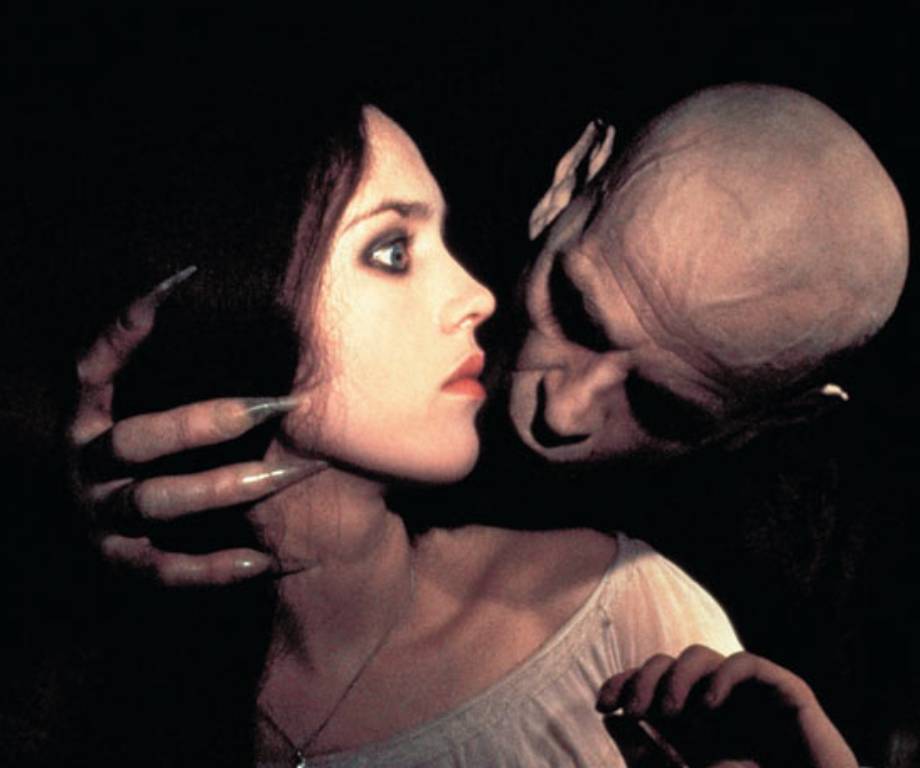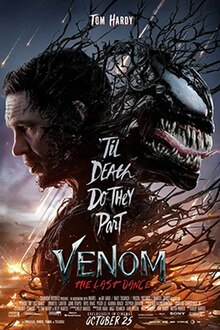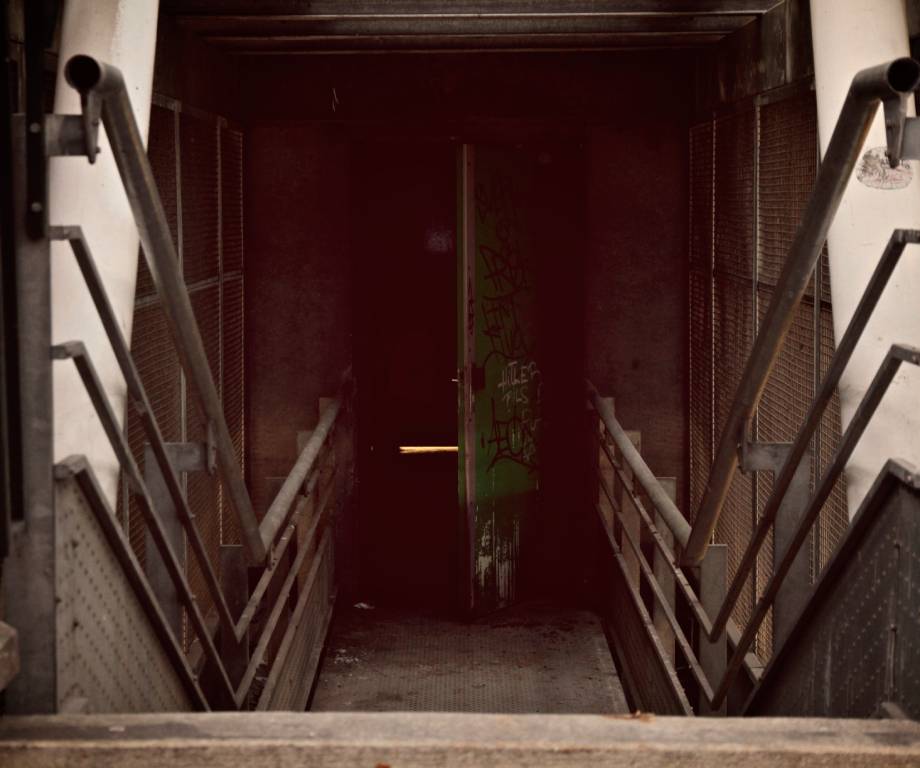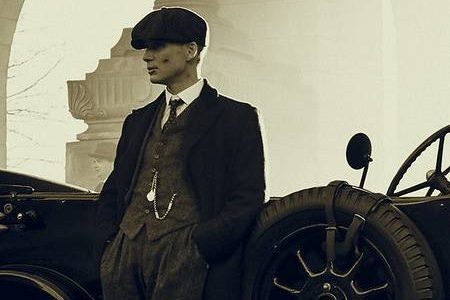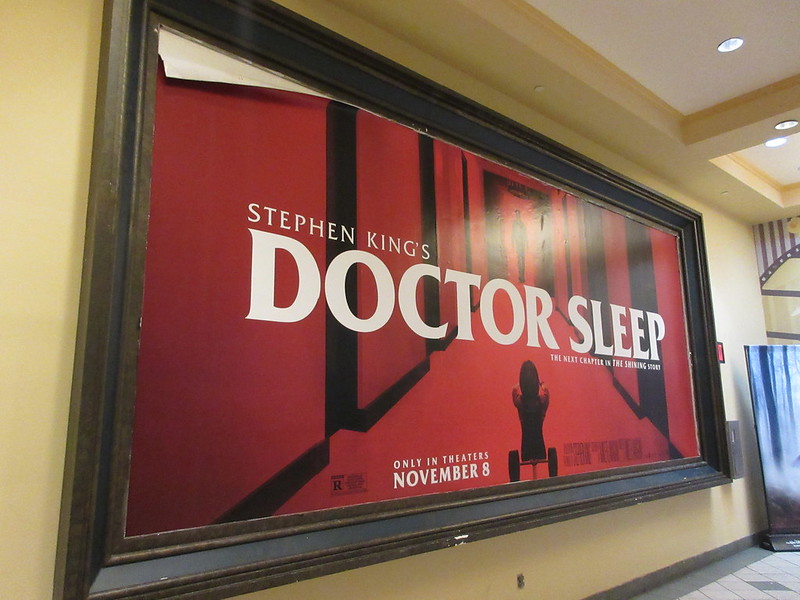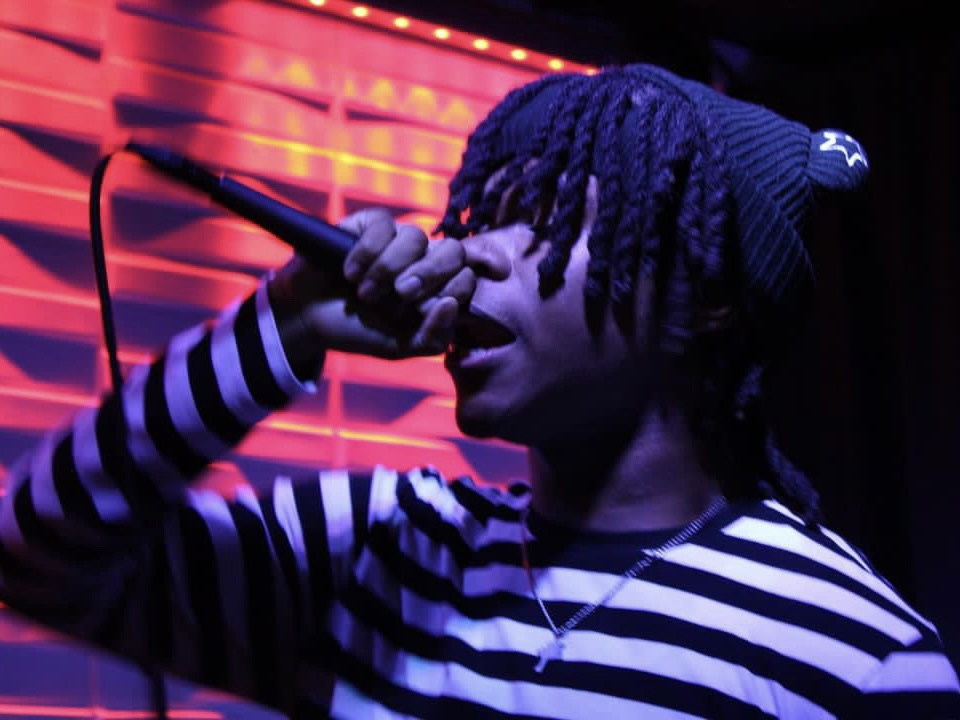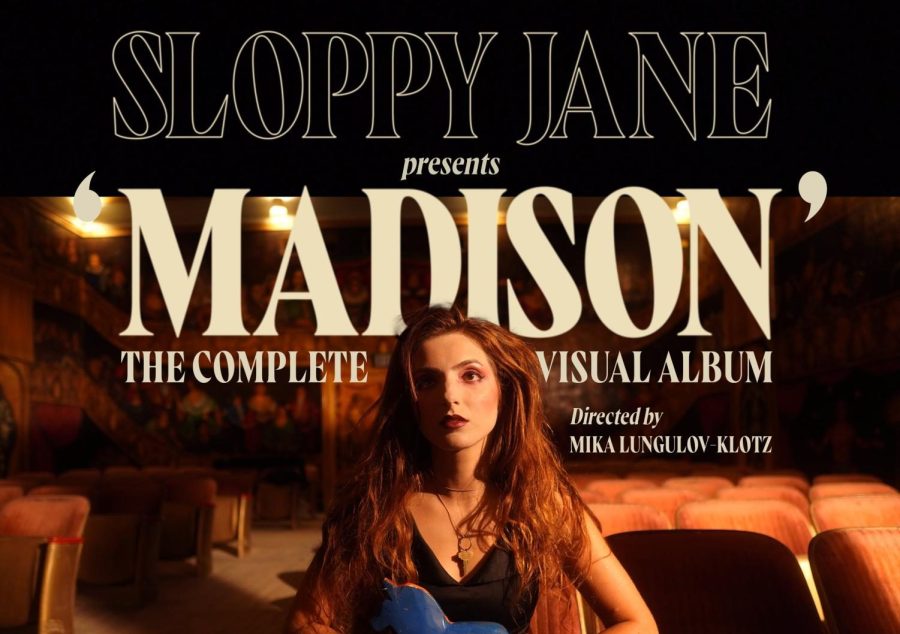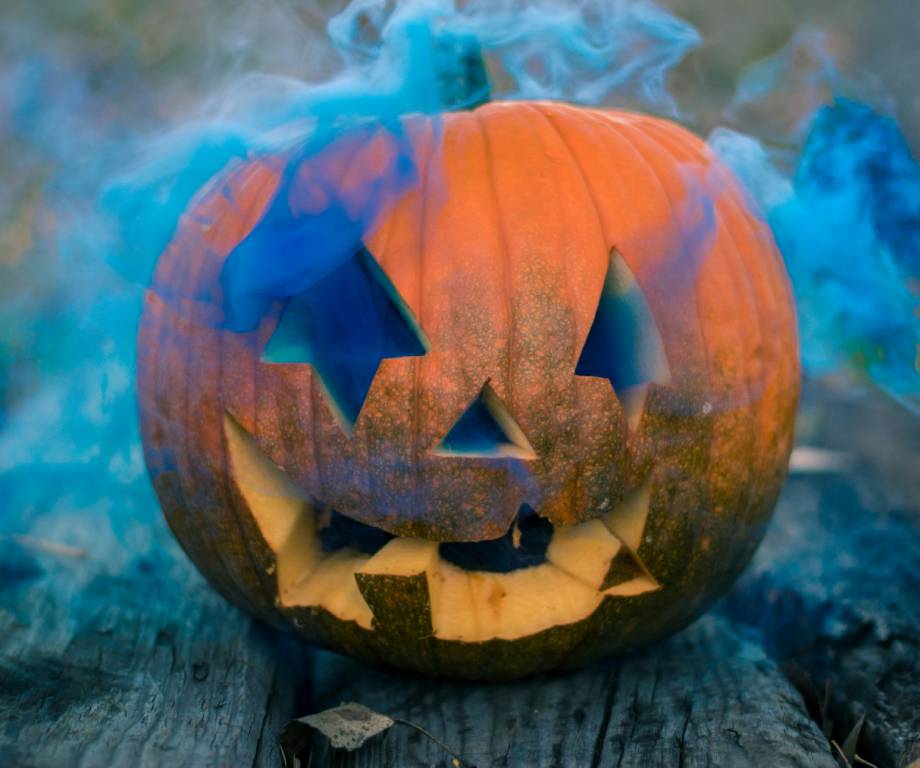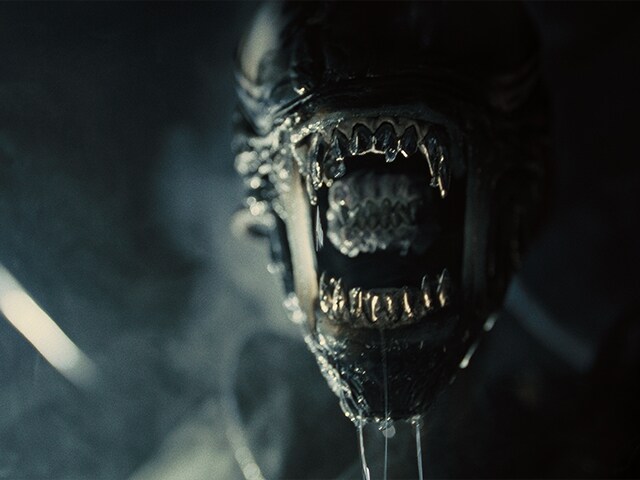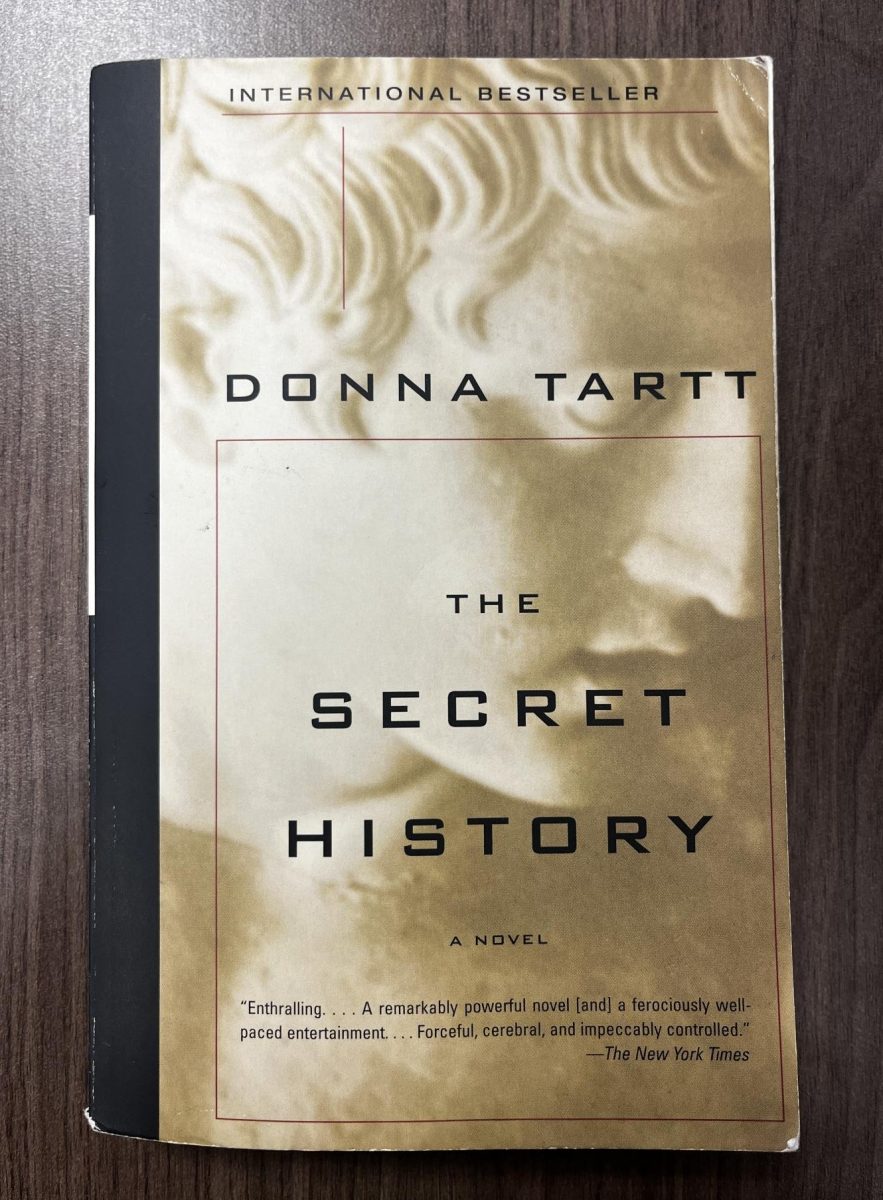Inspired by Bram Stoker’s original 1897 novel Dracula, the silent, blood-sucking monster returns to the big screen this Christmas.
*Plot*
Set in 1838, during a cold dark winter in Wisborg, Germany, Robert Eggers’ Nosferatu is a gothic tale of obsession between a haunted young woman named Ellen Hutter and the terrifying vampire Count Orlok, who is infatuated with her, causing untold horror in its wake. The horror begins to unfold when a real estate agent of the name Thomas Hutter sets out to meet with Count Orlok about a property for sale that is directly across from him and his wife Ellen’s home. Count Orlok then learns of Ellen, and horrors from the depths emerge, causing terrifying hauntings for the newlyweds.
*Count Orlok’s New Design*
In a recent interview with Vanity Fair, director Robert Eggers explained what Count Orlok would look like in Nosferatu, teasing that he created the vampire in a way that all previous Dracula and Nosferatu films did not. Eggers calls his Count Orlok “more of a folk vampire,” capturing the look of an actual corpse rather than a traditional vampire seen throughout Hollywood. “I look great, and I’m dead.”
Eggers also comments on Orlok’s clothing and the reason behind it: ” The way he’s dressed is because, for the first time in a Dracula or Nosferatu story, this guy looks like a dead Transylvanian nobleman. Every single thing he’s wearing, down to the heels on his shoes, is what he would’ve worn. That’s never been done.”
*The Films Aesthetic*
The 2024 Nosferatu film differentiates itself from the traditional 1922 Nosferatu and 1897 Dracula by creating a new atmosphere, setting new boundaries, and changing the original timeline. It’s set during the early Victorian period instead of the late Victorian period, so there’s not the same kind of technology, meaning the town will remain medieval.
*Cast*
Known for his prized role as Pennywise in the 2017 horror hit “It,” Bill Skarsgård plays Count Orlok, the spine-chilling monster of the film. Nicholas Hoult plays Thomas Hutter, the main protagonist, and Lily-Rose Melody Deep plays his wife, Ellen Hutter. In addition to this cast, Willem Dafoe stars as Professor Albin Eberhart Von Franz, and Aaron Taylor-Johnson plays Friedrich Harding.
*Theatrical Release*
Focus Features is scheduled to release Nosferatu in theaters nationwide on December 25th, 2024. What better way to enjoy Christmas Day than by watching a gothic tale of love, sacrifice, blood, and terror?
*Count Dracula Vs Count Orlok*
Throughout history, since the release of Bram Stokers’ original Dracula in 1897 and the silent 1922 film Nosferatu, many have mistaken the two Counts as the same being, but that isn’t the case. Although both are iconic representations of vampires in literature and film, each has its distinct characteristics.
Here’s a breakdown of their differences and a glimpse of their powers:
As for their appearances, Dracula is depicted as a charismatic, aristocratic figure with a sophisticated demeanor. His complexion is often pale, and he has sharp fangs and a commanding presence. Meanwhile, Orlok is depicted as a grotesque, rat-like figure with a bald head, long fingers, and a haggard appearance. He embodies a more monstrous form that’s less human.
For abilities and power, Dracula possesses various supernatural abilities, including shape-shifting, mind control, superhuman strength, and immortality. He also has the ability to create new vampires, making him a more significant threat. As for Orlok’s abilities, his powers are less defined and can vary by adaptation. While still dangerous, he represents more of a primal and bestial form of vampirism. His power comes from sheer fear and horror rather than charisma.
Both Dracula’s and Orlok’s personalities are the complete opposite. Dracula’s personality is cunning, seductive, and manipulative, using his charm to draw his victims in. Orlok’s personality is malevolent and less engaging than Dracula’s, representing a more primal and sophisticated form of evil.
Although Count Orlok was created in the image of Count Dracula, both are unique in their ways. Reflecting different aspects of the vampire mythos, with Dracula representing the seductive allure of evil and Nosferatu embodying its terrifying, monstrous nature, both will continue to haunt screens until the end of time.
